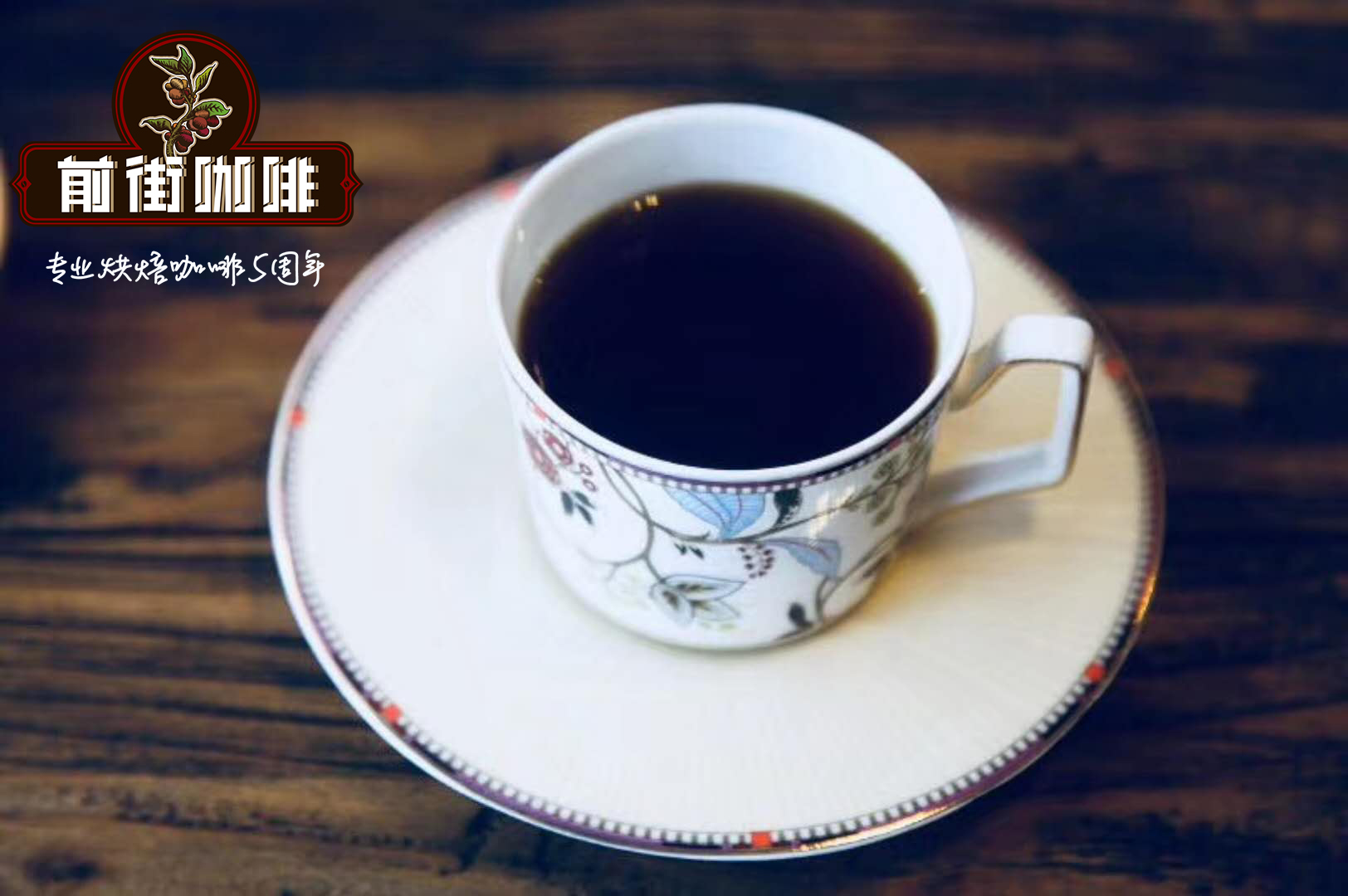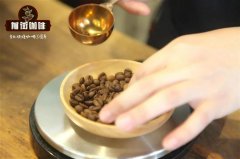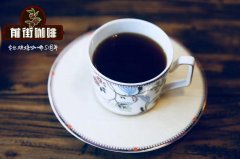Introduction to the washing treatment of coffee beans what is the difference in the taste between washing coffee beans and the sun?

Professional coffee knowledge exchange more coffee bean information please follow the coffee workshop (Wechat official account cafe_style)
Do you know? Coffee, known as the "black gold industry", can consume 500 billion cups a year! The world produces about 8.4 billion kilograms of coffee beans every year, trading futures volume is second only to oil, higher than all staple grains, the output value is quite amazing. In Taiwan, the average person drinks hundreds of cups of coffee every year. Drinking coffee not only adds aroma to daily life, but also enriches the sense of taste. Making a cup of coffee in person makes life more tasty and leisurely.
However, many people drink coffee but do not understand how coffee is produced. They often hear "Arabica" and "water treatment of coffee beans", but they do not know what it means. Lin Shihang, founder of the good Food course, explained that in the current species classification, there are about 60 species of coffee, but the two species with economic scale and value are Coffea arabica and Coffea robusta respectively.
But in terms of flavor comparison, Lin Zhe-hao, the international judge of the COE Excellence Cup Competition, further added that Arabica contains more sugars and citric acid, more flavor precursors, sour and rich taste, while Robusta contains more chlorogenic acid and other polyphenols, resulting in a strong bitterness and richness.
Sun, coffee bean washing treatment, honey treatment, each has its own interesting!
Coffee beans are not born with dark brown beans. Coffee fruit is shaped like a red jujube fruit, each fruit has two coffee beans, the coffee fruit, coffee beans after processing, will be what we usually see. Coffee production includes harvesting, processing, peeling, picking beans, roasting, storage, grinding, brewing and other processes, in which the "treatment" step is one of the initial keys to affect the flavor of coffee.
The Dutch invented the coffee bean washing technology in the 18th century, which is suitable for rainy areas. although the process is quite tedious, it is currently a more common method of raw bean treatment, accounting for about 70% of the total coffee. Use a peeling machine to separate most of the pulp from the coffee beans, then guide the shelled beans to a clean sink, soak them in water and ferment to completely remove the residual pulp layer. Through water treatment, unripe beans and defective beans are selected because of buoyancy, and the fermentation process is easier to control, so the flavor is not mixed like sun beans, but shows obvious acidity, complexity and cleaner (without any negative flavor, such as astringency or sharpness). But it is also because it is too "clean" and the richness of the flavor is a little weaker.
Flavor: acidity is strong, taste is cleaner, refreshing and bright.
Sift out floating beans: rinse the coffee fruit with clean water and remove the immature fruit that floats on the surface.
Remove the pulp: the fresh fruit is sent to the pulp sieving machine for peel and pulp removal.
Pectin removal: after removing the pulp, the seeds are moved into a fermentation tank and naturally fermented for about 16 Murray for 36 hours. After dissolving the surface pectin, the seeds are washed.
Drying and shelling: continue exposure to 1 Mel for 3 weeks to reduce the water content to 12%, and then remove the shell with a sheller.
In terms of color, coffee beans treated with water are bluish green in color and beautiful in appearance. Coffee from Guatemala, Colombia, Blue Mountains, Kona, Kenya, Java and Panama are all washed beans.
Important Notice :
前街咖啡 FrontStreet Coffee has moved to new addredd:
FrontStreet Coffee Address: 315,Donghua East Road,GuangZhou
Tel:020 38364473
- Prev

Catimor: in 1959, the Portuguese mixed Brazilian Kaddura with Timo.
Professional coffee knowledge exchange more coffee bean information please follow Coffee Workshop (Wechat official account cafe_style) Catimor: in 1959, the Portuguese mixed Brazil Kaddura and Timo to cultivate a disease-resistant Katim / Katimo, which is now an important variety of commercial beans. Sun treatment, also known as drying, is the oldest method of treating raw beans.
- Next

Introduction to the difference between Coffee Bean washing treatment and semi-washing treatment
Professional coffee knowledge exchange more coffee bean information please follow the coffee workshop (Wechat official account cafe_style)
Related
- What is the meaning of lactic acid fermentation with coffee bean treatment?
- How to judge the state of foam by sound?
- How does the latte pull out the unicorn pattern? Come to get for a little trick to improve the flower pull!
- Will flower pulling affect the taste of the latte?
- Do you know the history of coffee?
- The difference between honey treatment and sun washing what is raisin honey treatment?
- What kind of milk can a novice use to make coffee foam to keep the foam longer? The correct method and skills of milking tutorial sharing
- Why do washed coffee beans taste sour? Flavor characteristics of washed Coffee
- Introduction to the skill of how to practice the size and height of water injection around the circle of hand-brewed coffee
- How do beginners practice coffee flower drawing from scratch?

